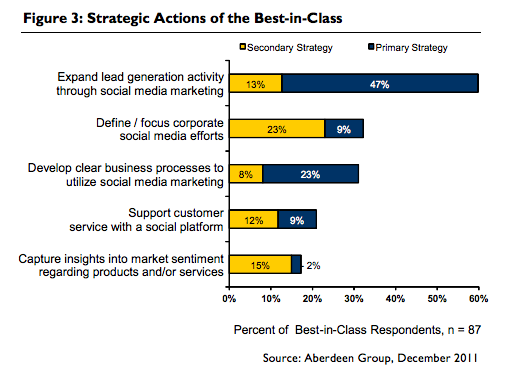
Credits: © momius – Fotolia.com
The value of corporate newsrooms has been discussed for years. Now, a recent
Proactive Report survey by Sally Falkow, president of
PRESSfeed: The Social Newsroom, gives insights into what the power of newsrooms could be and where journalists stand so far with them. The survey strikes the fact that the PR industry hasn’t adapt to the latest image- and video-based environment that users and journalists alike are looking for; especially videos and embedded codes which only one third of the newsrooms surveyed offered. The report makes clear that the majority of journalists (83%) sees images with content important, still just 38% of them add images to news content.
From Falkow’s perspective, many corporate newsrooms do not provide the content and links that journalists “are looking for, and things they think are important, and things that make their jobs easier for them, and that they would therefore use that content more readily.” The value of pictures for content could be seen when Twitter started displaying pictures in peoples’ feeds, so that users did not have to click the link connected with it, she states.
The main findings from the survey…
– Just 37% of online newsrooms provide videos and embedded codes compared to 82% of journalists asking for it
– 49% of online newsrooms fail to meet the standards of images for publications, only 39% of corporate newsrooms offer an image gallery
– 53% of journalists find video important with content, but only 13% of PR professionals are adding videos to their news, and only one third have a video gallery in their newsroom
So, the question is why companies fail with their newsrooms? Sally Falkow’s answer is as simple as it is obvious: “The No. 1 reason that they quote is lack of resources and, also very close behind, lack of skills. They don’t know how to do it.” Based on the knowledge of their 2013 newsroom study, Peter Ingman, founder of the newsroom technology platform Mynewsdesk, responded: “The power of images and videos have become central parts when coaching companies on how to set up newsrooms with our technology. Providing news and information to journalists has to be three things: simple, simple, simple! It has to be an easy process of uploading data for companies and easy to implement the appropriate content articles and posts for the media contacts. Journalists need to have or find the essential data for their reports and articles without challenging search activities. Come, find, implement – this is the key to successful newsrooms!”
Spot On!
The way journalists work has not changed drastically over the last decade in the way investigating for the news content works. Check the media, check Google, check the brands. Newsrooms offer new opportunities to journalists, social influencers and brand advocates to access data faster with an “everything-at-a-glance” perspective. The use of implemented analysis tools, clever SocialCRM technology, and by changing the way employees are allowed to speak for their brands via online channels, newsrooms foster brand and trust building. However, newsrooms can sometimes be of good and bad experience as the standard in companies newsrooms varies, apart from the different technologies that companies use, from self-developed platforms to personalized SaaS newsrooms.
Often enterprises have got newsrooms up and running already like Daimler, AUDI, ING or Costa Coffee. Still, most SMBs don’t even think about it as they are still relying on their traditional way of spreading news via content distribution platforms – an outdated way in terms of the value it provides for SEO, and even more (or less?) for journalists. Companies should start thinking about providing value with their newsroom in the form of video quotes or brief updates or blog posts alongside photos about the latest developments or news in the company or the market. Quick and simple information bites that come via tweets, Facebook updates or direct mail out of platforms straight to the editor, optimized according to their user behavior. It will make a massive impact on brand reputation and the way journalists will work with corporate newsrooms in the future.


 This is one of those secrets that is discussed in every single seminar we do: How does Google rank websites? Why does my website not rank higher than my competitors? What could be the best SEO strategy so that Google ranks us under the first three results?
This is one of those secrets that is discussed in every single seminar we do: How does Google rank websites? Why does my website not rank higher than my competitors? What could be the best SEO strategy so that Google ranks us under the first three results?






 Incorporating a strong SEO strategy into the design of an ecommerce website can greatly improve its chances of success. For an online shop to succeed, customers must be able to easily find it using a search engine. Whether you’re using an expensive SEO consultant or simply relying on a subscription ecommerce platform, you’ll want to take heed of the following common mistakes made by ecommerce websites.
Incorporating a strong SEO strategy into the design of an ecommerce website can greatly improve its chances of success. For an online shop to succeed, customers must be able to easily find it using a search engine. Whether you’re using an expensive SEO consultant or simply relying on a subscription ecommerce platform, you’ll want to take heed of the following common mistakes made by ecommerce websites.
 So, a questions arises that also came up today in my moderation: What is the real issue, why marketers don’t challenge the content marketing business?
So, a questions arises that also came up today in my moderation: What is the real issue, why marketers don’t challenge the content marketing business? Spot On!
Spot On!

 Spot On!
Spot On!


